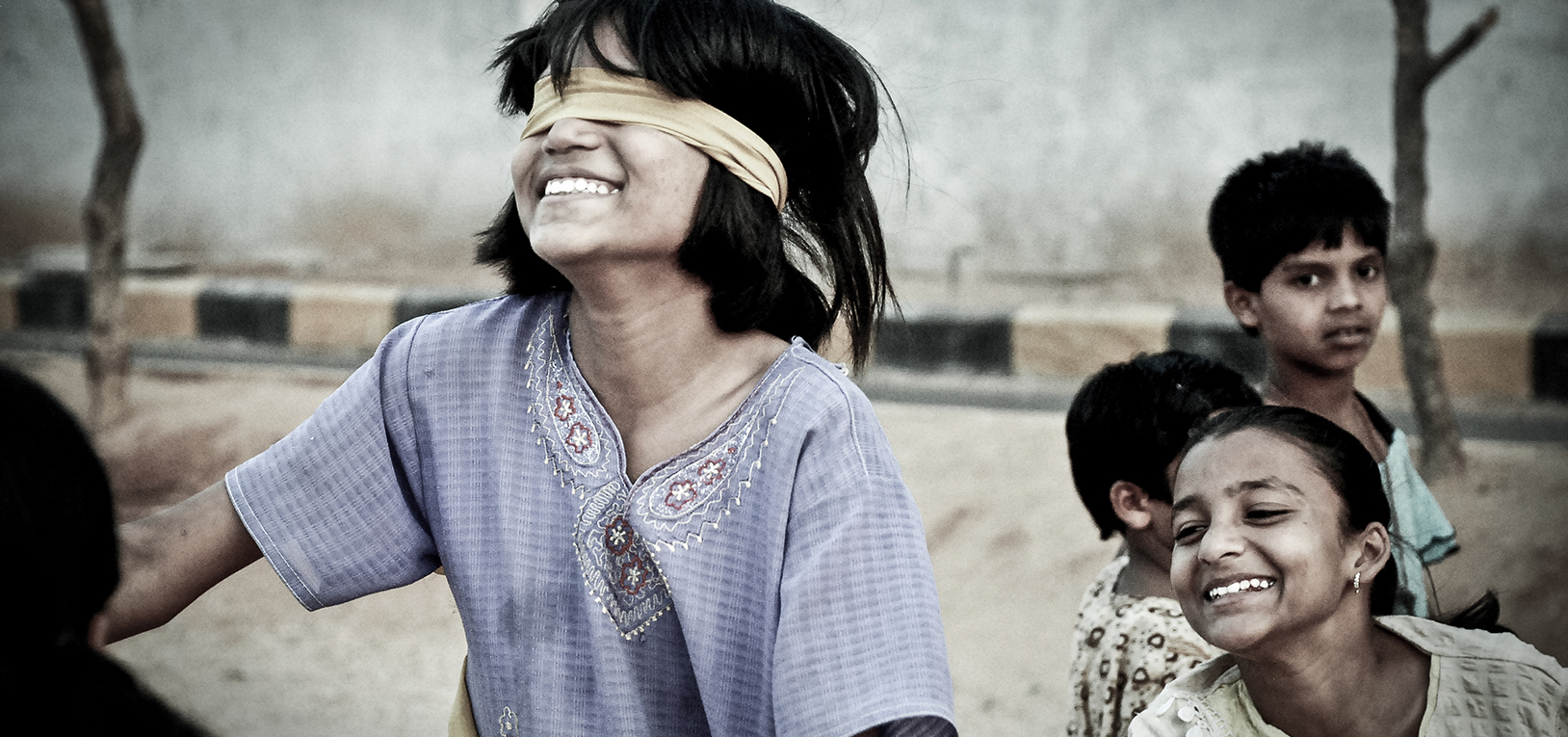Despite the increasing popularity of participatory approaches in urban planning and design, the voices of children remain relatively unheard by professionals and citizens who contribute to shaping living environments. In India, children are simultaneously seen through the economic lens, as the future workforce, and through a rights-based lens that portrays children among the weak, vulnerable members of society – those without a voice and agency.
In this context, despite the recognition of the criticality of play in the development of children, planned or spontaneous interventions in creating conducive play spaces are rare in Indian cities and society sees play in opposition to ‘useful’ activities such as learning and working.
The world over, researchers and practitioners in an array of fields, including child psychology, education, landscape architecture, planning and design are collaborating to raise awareness and disseminate knowledge about appropriate play environments for children. Some of these global experiences are captured in How to Grow a Playspace, edited by Australian landscape architects Katherine Masiulanis and Elizabeth Cummins.
Mukta Naik’s chapter, titled Of Agency, Participation and Design: Two Contrasting Play Scenarios in Indian Cities in the book How to Grow a Playspace: Development and Design draws from two contrasting situations – a gated upper class neighbourhood and an informal settlement in Delhi – to highlight how children continue to be excluded from conversation about design and public space.
In the first scenario, parks become sites of contestation as they are appropriated by other older citizens who claim a superior form of citizenship and even resort to litigation to impose their idea of a neighbourhood park as a pristine and beautiful place of repose. That court judgements blame the situation on poor planning hardly remedies the situation for children, who must continue to rely on adults to support them in a country where conversations about a Right to Play are only emerging.
In the case of the informal settlement, a lack of demarcated play spaces or poor maintenance of these, results in the creative use of streets, courtyards and corridors especially at certain times of the day. Sadly, where experiments with participative design and planning have been conducted in India, children have likely articulated the concerns they overhear from adults, like the need for better infrastructure like street lighting, water supply or sanitation.
In conclusion, the chapter outlines the need for designers, planners and citizen activists to leverage child-led participatory approaches to design meaningful play spaces through strategic and creative interventions. By presenting these Indian cases in an international publication, the chapter seeks to highlight the complexity of spatial planning in the Global South and seek participatory rather than purely technical solutions for design issues.
The publisher page for the book featuring the chapter can be accessed here.


